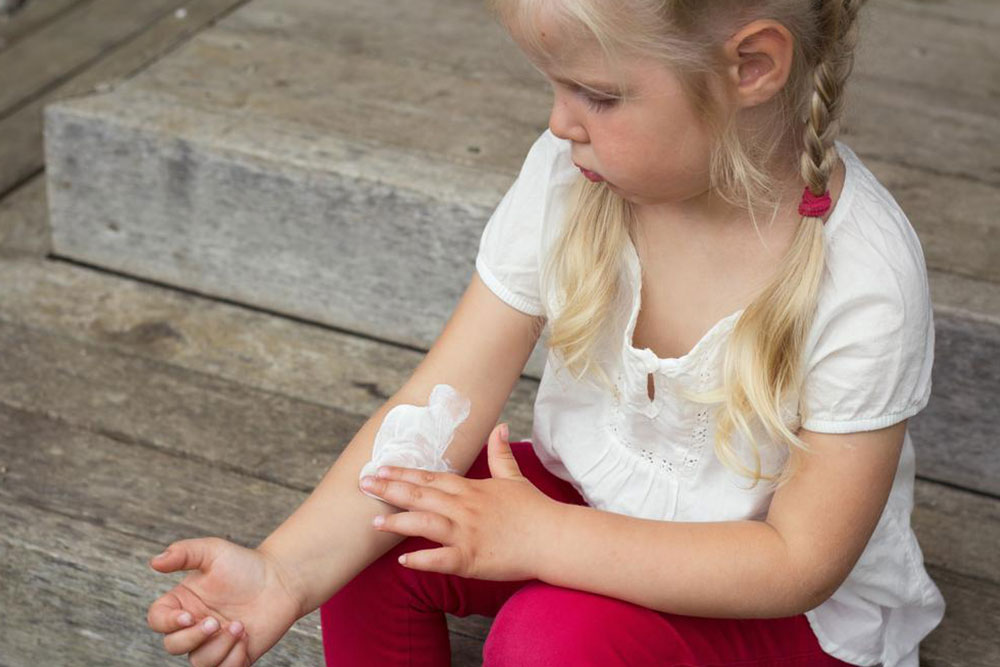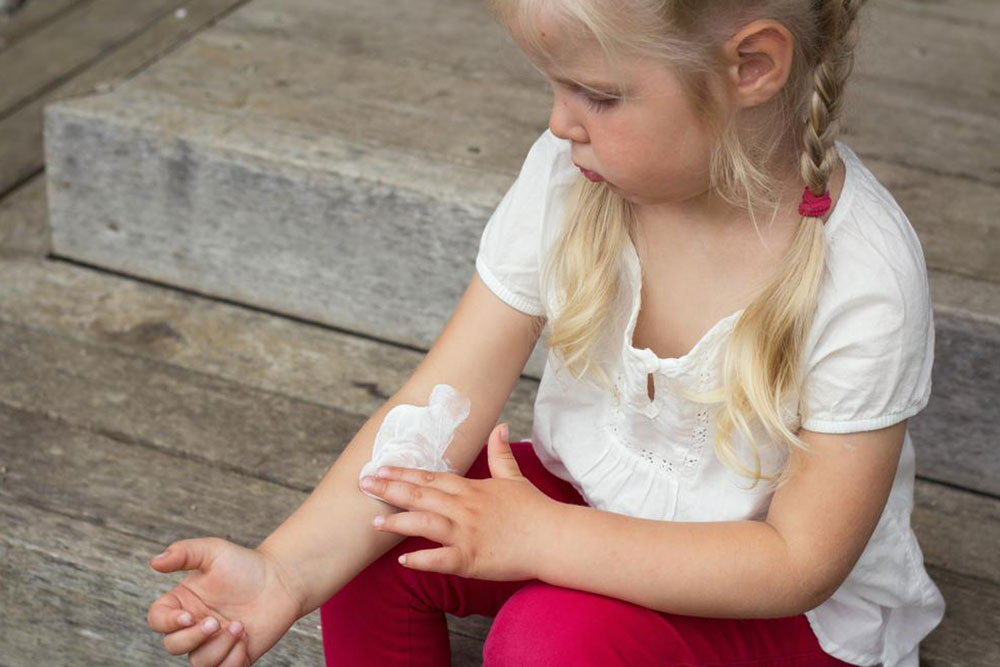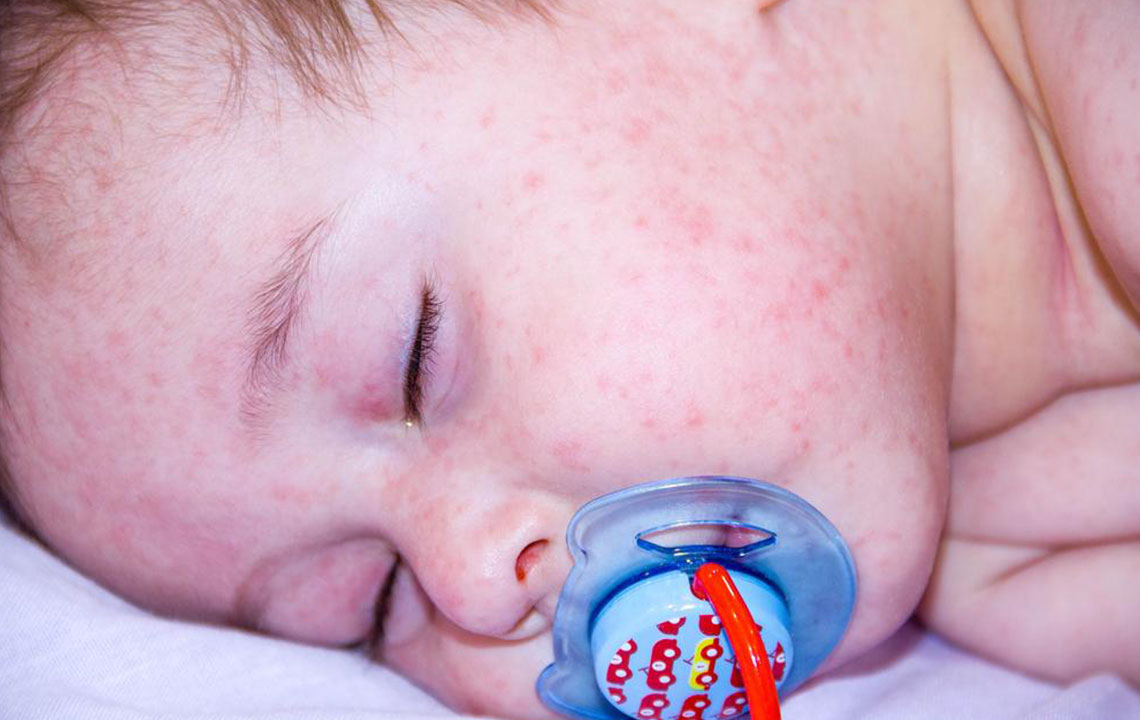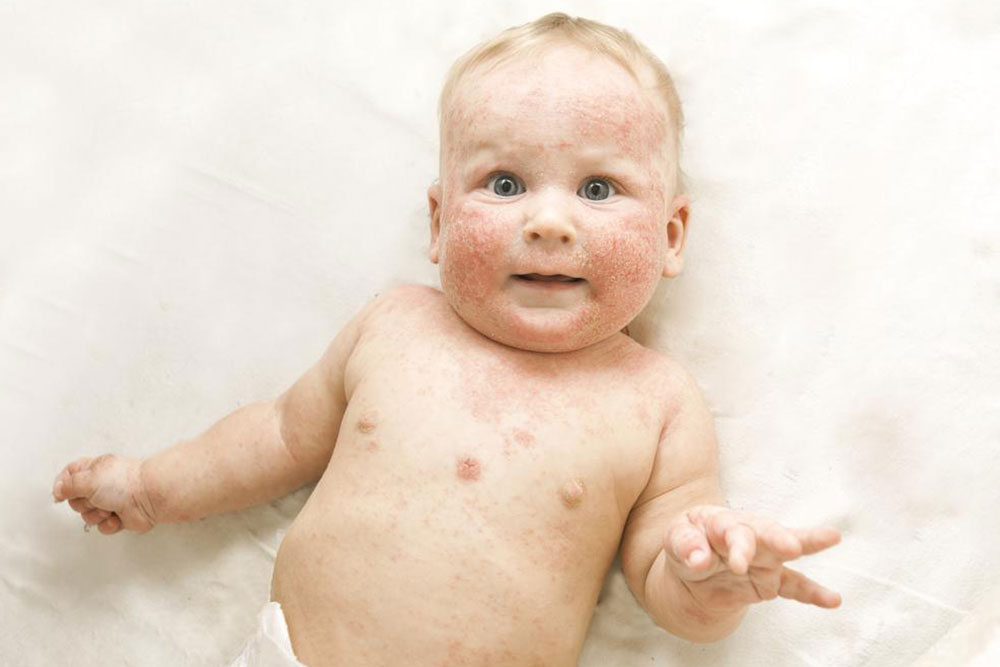Comprehensive Guide to Managing Atopic Dermatitis in Children: Effective Strategies and Care Tips
This comprehensive guide provides detailed strategies for managing atopic dermatitis in children, including skin care routines, dietary tips, medication options, and emerging therapies. It emphasizes a holistic approach to control symptoms, prevent flare-ups, and improve quality of life for affected kids, showcasing the importance of personalized care and professional guidance.
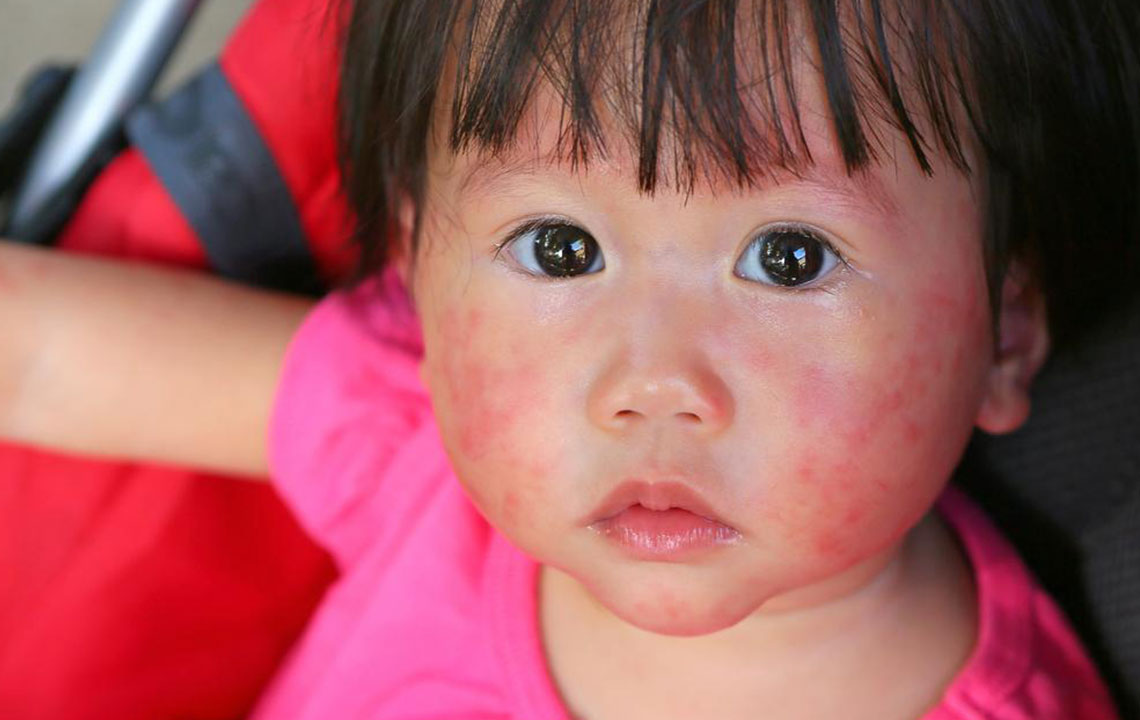
Comprehensive Guide to Managing Atopic Dermatitis in Children: Effective Strategies and Care Tips
Atopic dermatitis, often referred to as eczema, is a prevalent chronic inflammatory skin disorder that primarily affects infants and young children. Characterized by dry, itchy, and inflamed skin, this condition can significantly impact a child's quality of life, causing discomfort, sleep disturbances, and skin infections if left unmanaged. Understanding the multifaceted nature of atopic dermatitis is essential for parents, caregivers, and healthcare professionals to implement effective management strategies that alleviate symptoms and improve skin health.
In this comprehensive guide, we delve into the causes, symptoms, and innovative treatment options available for managing atopic dermatitis in children. We will also explore practical skin care routines, dietary considerations, and emerging therapies that can help ease the burden of this chronic condition. By adopting a holistic approach, caregivers can better support their child's comfort and well-being, even as no definitive cure exists for eczema.
Understanding Atopic Dermatitis in Children
Atopic dermatitis is a complex condition that involves a combination of genetic, immune system, and environmental factors. It commonly appears during infancy and early childhood, often in families with a history of allergic conditions like hay fever and asthma. The skin becomes overly sensitive and reactive, leading to persistent or intermittent flares characterized by red, scaly, and sometimes weeping lesions.
The extent and location of symptoms can vary widely. In infants, the rash frequently appears on the cheeks, scalp, and folds of the knees and elbows. As children grow, the symptoms may shift to other areas such as the wrists, neck, and behind the ears. Active inflammation can cause swelling, oozing, and crusting, increasing the risk of secondary bacterial infections.
Recognizing the Symptoms of Atopic Dermatitis
Early recognition of symptoms is crucial for prompt management. Typical signs include excessive dryness, intense itching, redness, and inflammation. The affected skin may become thickened or leathery over time due to constant scratching. In some cases, blisters or small bumps appear, which can break open and lead to skin infections.
Understanding the symptoms across different age groups is vital. For infants, look for dry patches on cheeks, scalp, and diaper areas. For older children, areas like the insides of elbows, behind the knees, and neck are common sites. Behavioral signs such as persistent scratching, irritability, or difficulty sleeping may also indicate underlying eczema.
Common Triggers and Factors Contributing to Atopic Dermatitis
The exact cause of atopic dermatitis remains unknown, but multiple risk factors and triggers can exacerbate symptoms. Genetic predisposition plays a significant role, with many children inheriting a family history of allergies or asthma. Immune system irregularities lead to increased skin sensitivity.
Environmental factors are also influential. Allergens such as pollen, pet dander, dust mites, and mold can trigger flare-ups. Harsh soaps, detergents, fragrances, synthetic fabrics, and exposure to extreme weather conditions may worsen the condition. Stress and emotional factors can also contribute, as they influence immune responses and skin inflammation.
Effective Management Strategies for Childhood Atopic Dermatitis
While there is no cure for eczema, a proactive and comprehensive management approach can significantly control symptoms, reduce flare-ups, and improve overall skin health. Below are proven strategies that caregivers and parents can implement:
Skin Care Routines and Moisturization
Maintaining optimal skin hydration is the cornerstone of eczema management. This involves regular application of emollients or moisturizers, preferably immediately after bathing, to lock in moisture. Use fragrance-free and hypoallergenic products designed specifically for sensitive skin.
Bathing practices also matter. Lukewarm saltwater baths can help soothe inflamed skin, reduce bacteria, and hydrate. Avoid hot water, which can strip skin of natural oils and worsen dryness. Pat skin dry gently, avoiding vigorous rubbing, and apply moisturizer while the skin is still damp.
Dietary Considerations and Nutritional Support
Nutrition plays a vital role in skin health and immune function. Incorporating foods rich in vitamin D—such as fish, fortified dairy products, and supplements—might help lessen inflammation. Healthy fats like polyunsaturated fatty acids (PUFAs) and monounsaturated fatty acids (MUFAs), found in nuts, seeds, olive oil, and fish, can support skin barrier integrity.
Regarding allergies and sensitivities, some children may benefit from restrictive diets if certain foods are identified as exacerbating their eczema. An allergy test and consultation with a pediatrician or allergist can help tailor dietary plans. Probiotics might also promote beneficial gut bacteria, potentially reducing allergic responses and improving skin conditions.
Medical Treatments and Pharmacological Options
During flare-ups, medicinal intervention is often necessary. Topical corticosteroids like hydrocortisone are effective for reducing inflammation and itching. These should be used under medical supervision to prevent side effects associated with misuse.
Besides corticosteroids, other medications include calcineurin inhibitors (such as tacrolimus and pimecrolimus) for sensitive areas, antihistamines to reduce itching, and antibiotics if secondary bacterial infections occur. In severe cases, systemic therapies like immunomodulators or biologic agents may be prescribed by specialists.
Innovative and Emerging Therapies
Advancements in dermatology have introduced various emerging therapies for eczema management. Phototherapy, which involves controlled exposure to ultraviolet light, can help reduce inflammation and improve skin barrier function in certain cases. This treatment should be administered by healthcare professionals.
Research into biologic drugs targeting specific immune pathways provides hope for more effective and personalized treatments in the future. Additionally, novel topical formulations with fewer side effects and better skin penetration are continually being developed.
Environmental Control and Lifestyle Adjustments
Minimizing exposure to triggers is essential. Use hypoallergenic bedding, keep indoor humidity optimal, and regularly clean to reduce dust mites and pet dander. Wearing soft, breathable fabrics like cotton can prevent skin irritation.
Stress management techniques, such as yoga or mindfulness, can help regulate immune responses and reduce flare-ups linked to emotional triggers. Educating children and caregivers about eczema management fosters better adherence to treatment plans and improves lifestyle adaptability.
When to Consult Healthcare Professionals
Persistent or severe symptoms should be evaluated by a dermatologist or pediatrician. If the rash does not improve with home care, if there are signs of infection, or if the child experiences significant discomfort, seek medical advice promptly. Regular follow-up allows for personalized treatment adjustments and ongoing support.
In conclusion, managing atopic dermatitis in children involves a multi-pronged approach that integrates skin care, nutrition, medication, and lifestyle modifications. While the condition can be challenging, with proper strategies, most children can lead comfortable, active lives and maintain healthy skin.
